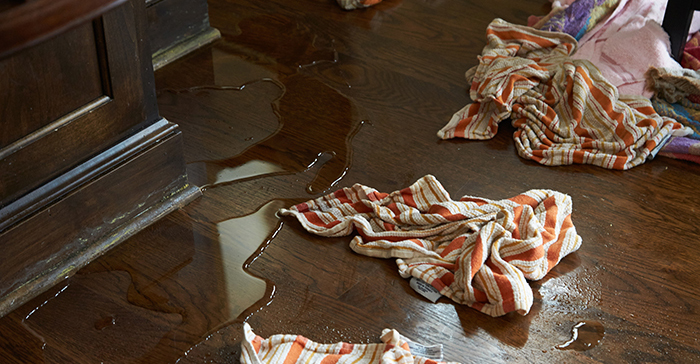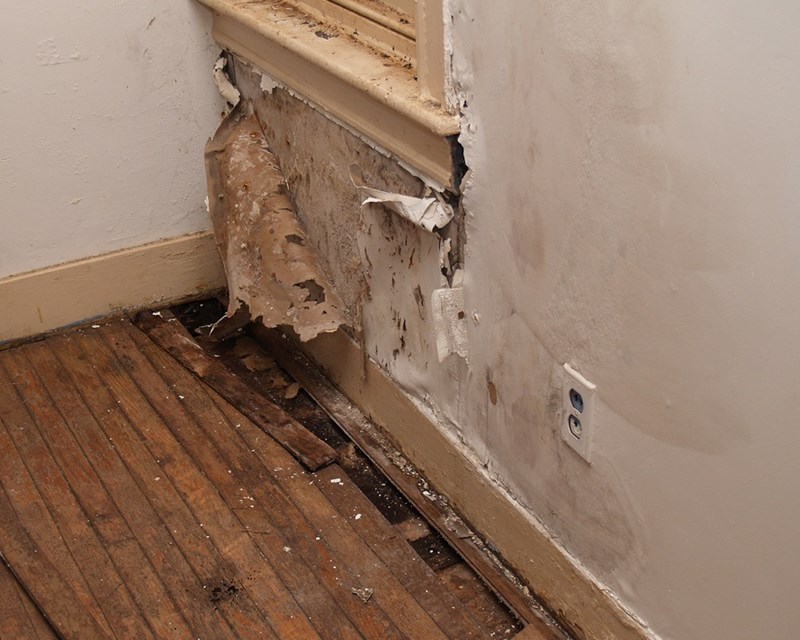Just How to Prevent Bathroom Water Damage
Just How to Prevent Bathroom Water Damage
Blog Article
What're your opinions regarding How to Fix a Water Damage Bathroom?

The shower room is very susceptible for damp build-up and also possible water damages because of the regular use water in it. This write-up supplies straightforward assessment methods to assist discovering water damage hazards.
The constant use water in the shower room makes it very vulnerable for wet buildup and also possible water damages. By checking it on a regular basis, you can decrease water associated damages.
The following set of inspections is very easy to execute as well as ought to be done once in every 3 months in order to maintain your restroom in good shape and also to avoid prospective water damages brought on by the tub, the shower, pipe joints and also plumbing, sinks, cupboards, as well as the bathroom
Do not overlook performing these inspections and also be complete while doing them. Keep in mind that these simple assessments can save you a lot of cash by supplying early indications for water damages
Sinks as well as Cabinets
Sinks as well as cabinets are revealed to wetness and moisture everyday as well as are often forgotten. Examine regularly under the sink and also on the counter top above it. Fix any type of drip in the trap as it might suggest drainpipe issues. Look around the sink, slow-moving draining pipelines may show a blocked drainpipe. Replace sink seals if they are split or loose.
Bath tub and Shower
The shower as well as bathtub need unique interest and also maintenance. Examine the tiles as well as change if fractured. Make certain that there is no missing cement between the ceramic tiles. Inspect and also replace fractured caulking at joints where the walls fulfill the floor or the bath tub. Clogged drains pipes and pipelines problems will certainly prevent the tub from drying out as well as might indicate significant problems underneath the bathtub. Talk to a professional right away to stop structural damage. Focus on stainings or soft areas around the tub wall surfaces as they might indicate an interior leakage.
Plumbing
Signs for water damages are hard to discover given that the majority of pipes are set up inside the wall surfaces.
Pay unique attention to flooring as well as wall surfaces dampness and also stains as they may suggest an undetectable plumbing problem. Inspect dampness levels in adjoining spaces too.
The Toilet
The bathroom is a prone water joint. Examine the water lines and search for leakages around the commode seat, in the hose, and under the water tank. If you discover any type of indicators of dampness on the flooring around the commode, look for leakages in the toilet rim and tank seals.
Understand that hanging bathroom bowl deodorants boosts the possibilities for obstructions.
Water Damage Signs In The Bathroom To Avoid Cleanup
Musty smell
This is one of the easiest signs to catch because musty smells are so odorous. The damp, earthy, moldy smell should be a big red flag. The smell will develop when moisture gets trapped in surfaces, and begins to facilitate mold growth. Leaking pipes under cabinets, inside walls, and behind shower fixtures will cause moisture to stay trapped and not dry, which will lead to mold growth and spread. As soon as you notice any musty smells in your bathroom, have it checked for hidden water damage and cleanup signs.
Visible mold
If the smell isn’t there to give it away, sometimes you will actually see mold growth. Finding mold in your bathroom is a serious problem, because mold is very harmful to your health. By the time mold growth is visible, it also means that water damage has already occurred and been present for some time. The only way the mold problem can be resolved is to find the source of the moisture and get it stopped. To safely and adequately remove mold, you need to have professionals handle the remediation. Do not waste any time in getting mold problems addressed, fixed, and sanitized so that you can protect you and your family from the many respiratory symptoms caused by mold exposure.
Damaged floors
Bathroom floors should be able to withstand some exposure to water while still remaining in good condition. However, when excess exposure or water leaks occur, they will begin to damage even the most water-resistant flooring. If you notice any cracking, bubbling, staining, or warping on your bathroom floors, there is probably a water leak somewhere causing the distortion. If you notice areas of the floor have become softer, or even have a spongy feeling, there is probably damage to the subfloor. Subflooring is typically made up of plywood. When plywood is exposed to water or moisture, it will absorb it. Once it has become saturated, the weight of the excess water will cause the wood to swell and soften. Check the floors in your bathroom frequently to catch any of these sings before they lead to damaged subflooring.
Changes on walls
When water leaks behind walls, it will cause changes in the drywall. Peeling plaster, blistering paint, and soggy wallpaper are all good indicators that excess water is building up behind the wall. Water leaking behind drywall will cause it to swell and be soft to the tough. If you start to notice gaps along the trim of your walls, or where tile meets the wall, it could also be a strong indicator that there is a leak behind the wall. Any changes, distortion, or damage on the walls should be evaluated as soon as you notice it to prevent further water damage and cleanup.

We were shown that article on Common Causes of Water Damage in a Bathroom through an associate on another web address. You should take the opportunity to share this blog posting if you enjoyed it. Thanks a lot for going through it.
Browse Our Site Report this page